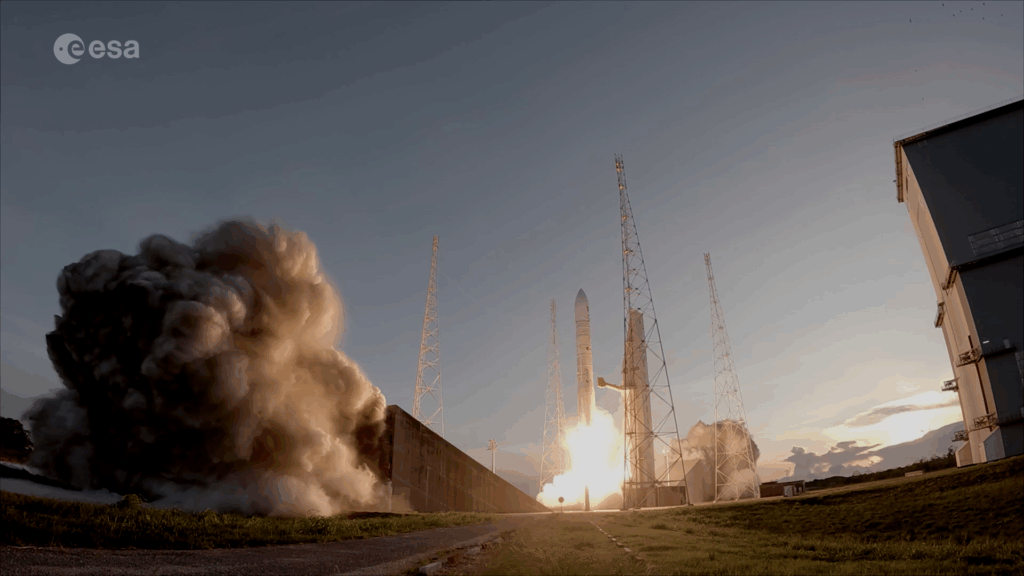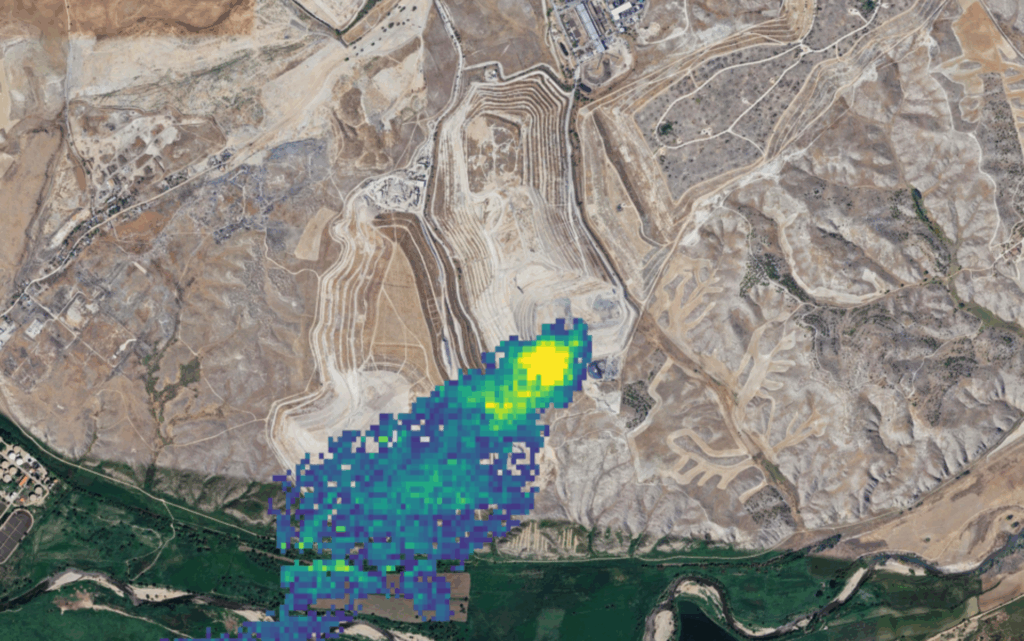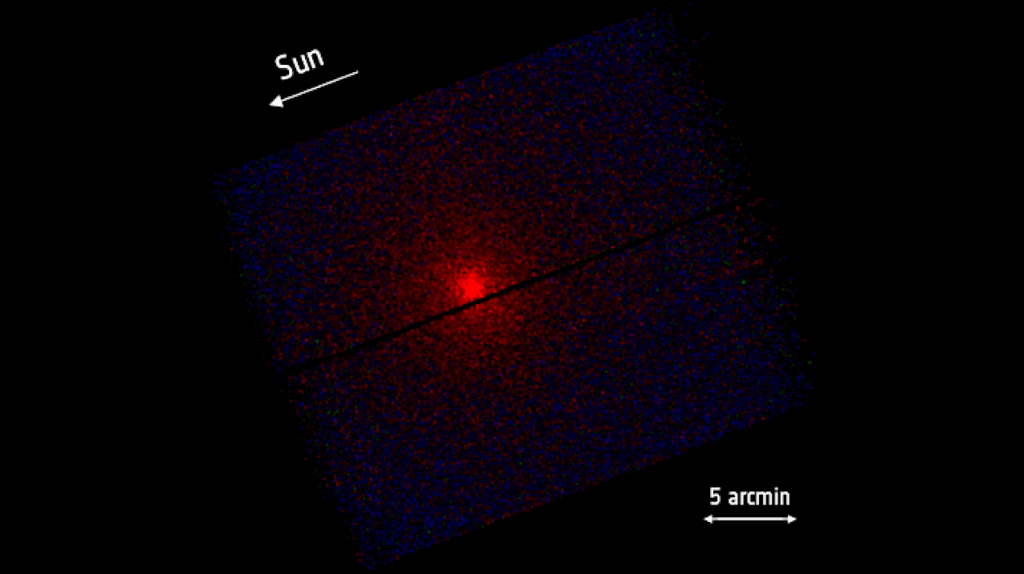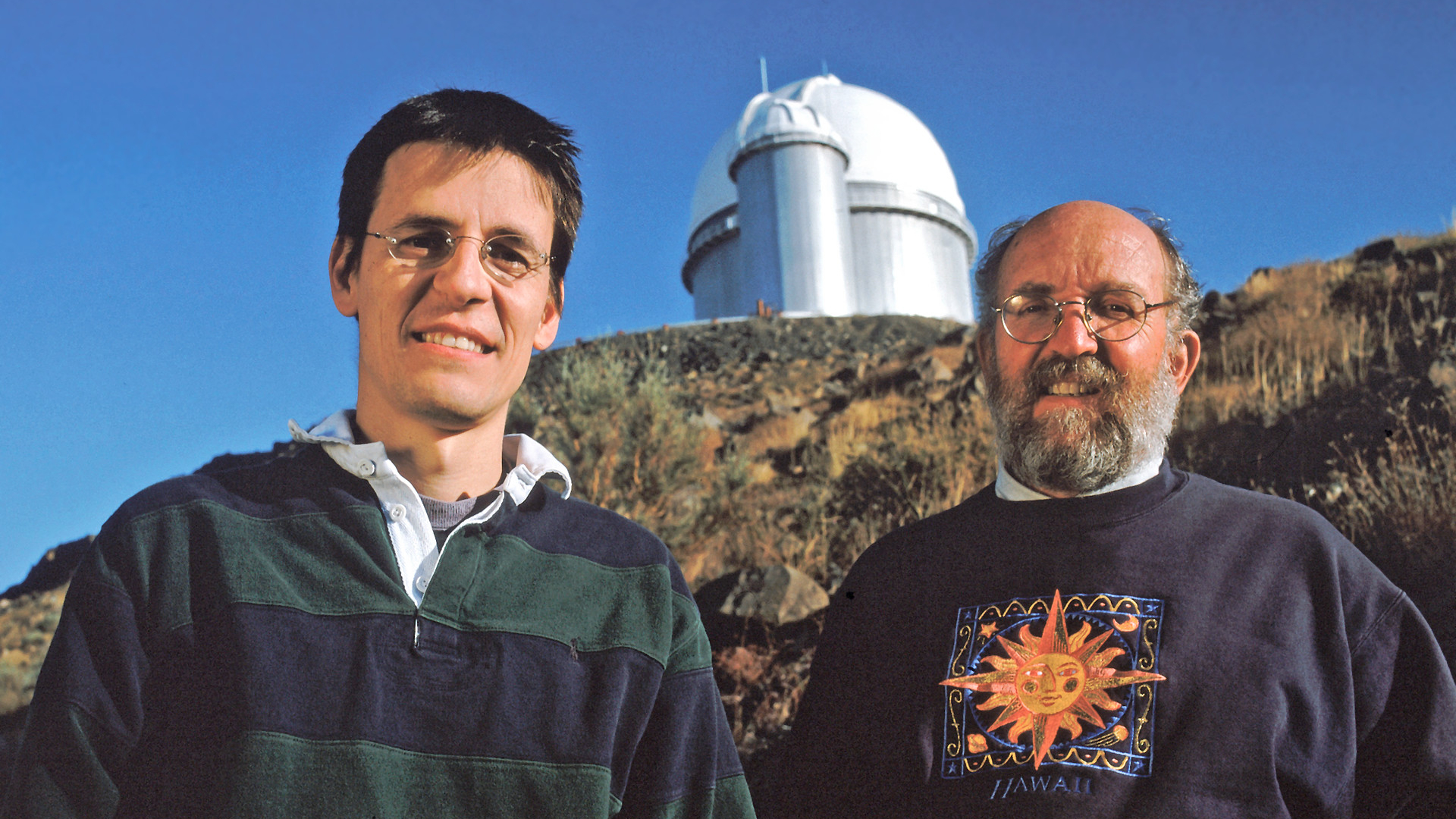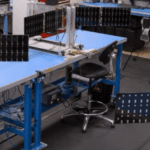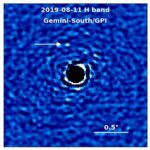Now Reading: Navigating through interference at Jammertest
-
01
Navigating through interference at Jammertest
Navigating through interference at Jammertest


06/10/2025
250 views
11 likes
Satellite navigation is essential to everything from tracking your morning jog to landing air ambulances. But as reliance on satellite navigation grows, so do the risks associated with its interruption, natural or intentional. In its pursuit of strengthening European resilience in navigation, the European Space Agency (ESA) took part in Jammertest.
Global Navigation Satellite Systems (GNSS) such as the European Galileo and the US GPS enable our society and everything around us. These signals steer us through cities and enable autonomous vehicles, they synchronise financial networks, help farmers harvest with precision and even save lives in search and rescue missions.
“Interference is the consequence of the success of satellite navigation,” states Rafael Lucas, ESA’s Head of Navigation Innovation and Support Program (NAVISP). Because we rely on this technology so much, it has become a target. As reported in the news, incidents of deliberate interference are on the rise: these attacks are happening daily, all over the world.
“Given our critical dependence on satellite navigation, any interference, particularly intentional interference, can produce great disruption,” continues Lucas. The economic risks associated with GNSS interruptions are immense, the cost of an outage would be in the order of billions of euros daily for Europe.
But the concern goes far beyond financial loss: disruptions threaten the safe operations of energy grids, banking infrastructure, emergency transportation and civil aviation, making the resilience of GNSS a matter of public safety and security.
What is intentional satellite navigation interference and what can we do about it?
There are several ways a malicious actor can disrupt GNSS signals. One of the most common is jamming, where receivers are overwhelmed with signals that ‘clog’ the airwaves, rendering them unable to function properly. “Under a jamming attack, all our systems go black,” explains Lars Amdal, Pilot of the Norwegian Air Ambulance.
“Spoofing is worse,” Amdal continues. These attacks consist of sending fake signals to mislead a receiver. “We see our position moved to a different location and we cannot know if it is really us moving or the signal.” Under a spoofing attack, your smartwatch might show the wrong time, or your fitness app could track record-breaking runs during a lazy morning.
A form of spoofing is meaconing, where real signals are captured, delayed and rebroadcast. They still mislead the receiver but are harder to detect because the signals are authentic.
The different types of interference can be combined into more complex attacks.
“As designer of the EU satellite navigation systems, we are responsible of including technical capabilities in EGNOS and Galileo to ensure robustness against jamming and spoofing, complementing receiver resilience” explains ESA Head of Galileo, Miguel Manteiga Bautista.
“For example, Galileo First Generation services like the Public Regulated Service focus on these features. In addition, there are progressive improvements through features like multi-frequency, wider bandwidth and authentication of the navigation message. Galileo Second Generation will represent a major evolution in terms of capabilities and flexibility to tackle challenges of the future.”
The next generation of EGNOS, designed to augment both GPS and Galileo, will also enhance resilience to interference and improve the reliability of satellite navigation.
Besides system development, ESA collaborates with industry to improve how receivers respond to interference, and to design and develop alternative systems that can operate when GNSS signals are unavailable.
And all these new technologies need rigorous testing. “For complex antennas and receivers, laboratory testing is necessary, but needs to be completed with field testing,” explains ESA’s EGNOS Head of System Engineering Xavier Derambure. In the real world, interference is unpredictable and vulnerabilities surface when you least expect them. “It is therefore very important to verify the robustness of GNSS receivers under real test conditions.”
Enter Jammertest.
The world’s largest open test for GNSS resilience
Once a year, engineers from around the world gather for Jammertest. The 2025 edition of the event brought together 360 participants from 120 organisations across more than 20 countries, spanning academia, industry and governmental institutions.
In a complex coordination exercise among seven Norwegian public authorities and facilitator Testnor, the organisers broadcast real satellite navigation interference for participants to observe how their equipment (on vehicles, drones, aircrafts, helicopters and vessels) responds.
At nearly 70 degrees North and 300 km inside the Arctic Circle, the small village of Bleik on the island of Andøya offers the ideal setting for Jammertest. To the east, towering mountains act as natural barriers that contain disruptive signals, minimising their impact on civil society. To the west, its open coastline allows signals to be transmitted over the sea, supporting maritime participants in addition to air and land users.
The event’s test catalogue is extensive. Organisers simulate everything from simple handheld jamming to complex multi-source attacks launched from several locations simultaneously, including from mountaintops. “The goal is that every receiver is knocked out at some point during the campaign,” explains Tomas Levin, Senior Principal Engineer at Norwegian Public Roads Administration and Head of Jammertest.
“At Jammertest, the full GNSS chain sits along a table, from chip manufacturers to those developing the algorithms that run on them, to the companies building products around those chips and the ones integrating these products into larger systems,” highlights Levin.
Kristian Svartveit, Senior Advisor in Satellite Navigation at the Norwegian Space Agency and Norwegian delegate to ESA’s Navigation Programme Board, adds: “For satellite navigation to be a trusted tool, we need to show its weaknesses and combat them. By bringing this test to the world, manufacturers of GNSS equipment can improve it, for all of us.”
ESA, strengthening European resilience
For the third consecutive year, ESA took part in Jammertest, reaffirming its commitment to Europe’s resilience in navigation.
ESA engineers arrived with several missions. As in previous years, the team tested the robustness of EGNOS and Galileo signals when picked by a range of antennas, from simple mass-market ones found in smartphones to military-grade antennas, both stationary and mounted on a moving van.
A key objective was to test the performance of novel receiver technologies developed under various ESA programmes, comparing them to current technologies. The team also tested equipment provided by industrial partners under ESA’s Third-Party services.
Over 100 TB of data were recorded and will support internal research. Moreover, these data can now be replayed at the ESA Navigation Laboratory, allowing industry to analyse how new equipment responds to real-world interference scenarios. (If you are interested in using ESA’s NavLab testing and consultancy services, fill out the contact form on the Consultancy and Testing page).
Finally, ESA also oversaw tests of new EGNOS ground receivers being developed by European industry under Horizon2020 and Horizon Europe programmes. These receivers aim to improve the system’s robustness in its next generation.
Several projects tested at Jammertest by other participants were funded through NAVISP, highlighting the agency’s role in fostering innovation across the GNSS ecosystem.
“Jammertest is a unique opportunity,” concludes Derambure. “Here we have the edge of technology, the edge of testing scenarios. There is nowhere else where we can test this material in real conditions. I believe Jammertest will become a mandatory step for any new satellite navigation receiver technology.”
Stay Informed With the Latest & Most Important News
-
 012024 in Review: Highlights from NASA in Silicon Valley
012024 in Review: Highlights from NASA in Silicon Valley -
 02Panasonic Leica Summilux DG 15mm f/1.7 ASPH review
02Panasonic Leica Summilux DG 15mm f/1.7 ASPH review -
 03From Polymerization-Enabled Folding and Assembly to Chemical Evolution: Key Processes for Emergence of Functional Polymers in the Origin of Life
03From Polymerization-Enabled Folding and Assembly to Chemical Evolution: Key Processes for Emergence of Functional Polymers in the Origin of Life -
 04How New NASA, India Earth Satellite NISAR Will See Earth
04How New NASA, India Earth Satellite NISAR Will See Earth -
 05And Thus Begins A New Year For Life On Earth
05And Thus Begins A New Year For Life On Earth -
 06Astronomy Activation Ambassadors: A New Era
06Astronomy Activation Ambassadors: A New Era -
07SpaceX launch surge helps set new global launch record in 2024












